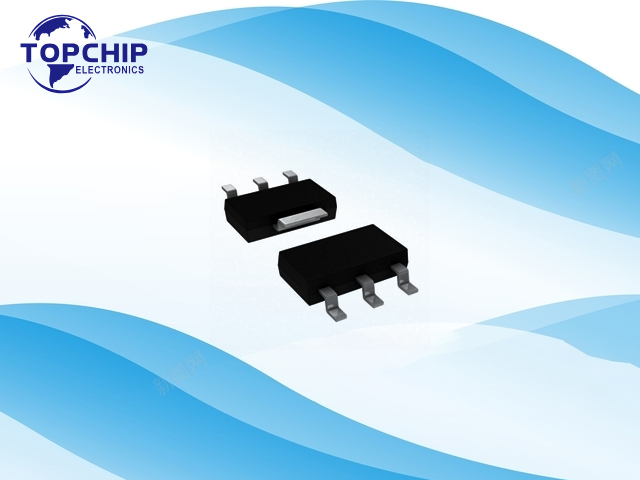Radio Frequency (RF) chips have emerged as a key player in the semiconductor market, spanning various applications such as wireless communication, radar systems, and the internet of things (IoT). Rapid advancements in this technology offer ample opportunities for innovation, leading to a brighter future for the industry. This article delves into the current development trends and the prospects of RF chip technology, exploring the factors driving its growth.

Trends in RF Chip Technology
1. Shift to 5G and Beyond
The transition from 4G to 5G networks has necessitated advancements in RF chip technology. With predictions of 6G and even 7G on the horizon, it is essential for RF chip developers to continue innovating, ensuring seamless, high-speed wireless communication systems.
2. Growth in Wearables and IoT Devices
The burgeoning wearables market and IoT ecosystem have triggered increasing demand for smaller, energy-efficient RF chips. As a result, engineers are focused on developing ultra-compact RF components that integrate seamlessly into a wide range of smart devices.
3. Increasing Focus on MIMO Technology
Multiple-Input Multiple-Output (MIMO) technology has become an essential component in wireless communication, offering increased speed, efficiency, and capacity. The need for MIMO-enabled devices beckons advancements in RF chip design, enabling complex communication systems to operate simultaneously.
Prospects for RF Chip Technology
1. Integration with AI and Machine Learning
Advancements in artificial intelligence (AI) and machine learning can be leveraged to optimize RF chip design, analyzing data and making predictions more accurately. As AI integration becomes more common in chip manufacturing, RF developers can harness these technologies to streamline chip design processes and improve performance.
2. Expanding Applications in Automotive and Healthcare Industries
RF chip technology has a promising future in the automotive and healthcare sectors. Automotive manufacturers are incorporating RF chips into vehicle systems for advanced driver assistance and connectivity solutions, while medical professionals can utilize these chips for accurate patient monitoring and diagnostics in real-time.
3. Environmental Sustainability Initiatives
Growing concerns about climate change and environmental sustainability present an opportunity for RF chip manufacturers to develop eco-friendly, energy-efficient solutions. Aimed at reducing carbon emissions, these initiatives can drive research, production, and deployment of sustainable RF chips.
Conclusion
In conclusion, the development trend and prospects of RF chip technology are fueled by the shift to 5G networks, IoT devices proliferation, and industry demand for high-performance communication systems. With abundant opportunities for innovation, RF chips have a promising future as an integral part of modern technology. Fostering advancements in AI, enhancing applications in automotive and healthcare sectors, and addressing environmental concerns will not only push the boundaries of RF chip technology but also contribute to a better-connected world.
RF Chip related product recommendation:
- Proximity Sensors
- RF Accessories
- RF Amplifiers
- RF Demodulators
- RF Detectors
- RF Evaluation and Development Kits, Boards
- RF Front End (LNA + PA)
- RF Misc ICs and Modules
- RF Mixers
- RF Modulators
- RF Power Controller ICs
- RF Receivers
- RF Shields
- RF Transceiver ICs
- RF Transceiver Modules and Modems
- RF Transmitters
- RFID Accessories
- RFID Antennas
- RFID Evaluation and Development Kits, Boards
- RFID Reader Modules
- RFID Transponders, Tags
- RFID, RF Access, Monitoring ICs

